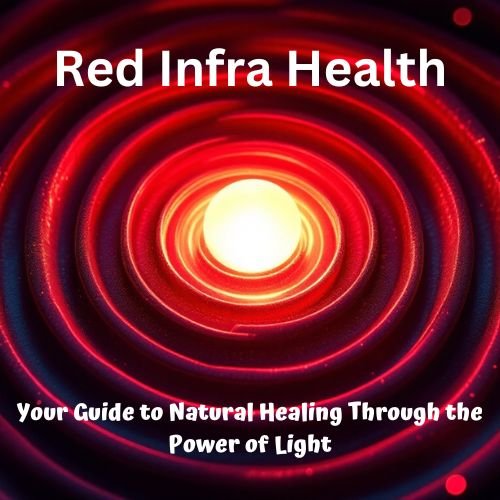You'll find quick relief from inflamed nerves with these three proven methods. First, apply cold therapy using an ice pack wrapped in a thin towel for 10-20 minutes to reduce inflammation and numb pain signals. Second, position the affected area above heart level when possible to minimize swelling and pressure on irritated nerves. Third, incorporate gentle, purposeful movements to prevent stiffness while avoiding aggravating motions. These science-backed techniques work together to calm nerve pain and reduce discomfort, and there's much more to discover about maximizing their effectiveness for lasting relief.
Cold Therapy First

When inflammation strikes, cold therapy serves as your first line of defense against pain and swelling. By applying cold treatment immediately after injury, you'll trigger vasoconstriction – the narrowing of blood vessels – which reduces blood flow to the affected area and helps control inflammation.
This process effectively numbs nerve endings, providing quick relief from acute pain. Localized ice massage can help achieve deeper tissue cooling when wrapped properly in cloth.
You'll want to use ice packs, gel packs, or other cold therapy methods, but never apply ice directly to your skin to prevent tissue damage. Instead, wrap your cold pack in a thin towel and apply it for 15-20 minutes at a time.
This approach helps reduce swelling while increasing your pain threshold and tolerance.
Cold therapy works best when you're dealing with acute injuries, and you can repeat the treatment several times throughout the day. While inflammation is part of your body's natural healing process, excessive swelling can slow recovery.
If you're consistent with cold therapy, you'll likely reduce your need for pain medication. Remember to consult your healthcare provider before starting any treatment plan, as some conditions like nerve pain might respond better to heat therapy.
Position For Relief
Through proper positioning and mindful movement, you can substantially reduce nerve pain and promote healing. Start with simple stretching exercises like the sitting spinal stretch, where you'll cross one foot outward and gently twist your body. Hold each stretch for 30 seconds to achieve maximum benefits. The basic seated stretch and glute bridge can also provide immediate relief when performed correctly.
You'll need to make ergonomic adjustments at your workstation. Raise your monitor to eye level, use ergonomic accessories, and consider a standing desk option. Don't forget to support your back with a small pillow and elevate your legs to a 45-degree angle when possible.
Balance activity with rest, but don't overdo either. Take short 5-10 minute breaks when needed, and alternate between ice and heat therapy to manage pain.
You'll find that gentle massage and physical therapy can complement these positioning strategies.
Make lifestyle modifications that support long-term relief. Try low-impact exercises like swimming or cycling, and maintain good posture throughout your day. If you're carrying extra weight, losing it can greatly reduce pressure on your nerves.
Consider complementary treatments like chiropractic care or acupuncture to address underlying issues.
Move With Purpose

Moving mindfully with purpose can transform your nerve pain management journey. Regular physical activity, when done correctly, helps reduce nerve pain while preventing muscle wasting and maintaining joint mobility. Taking moments to use deep breathing techniques can help calm your nerves when pain feels overwhelming.
You'll want to incorporate gentle stretches and exercises tailored to your specific condition, as these movements aid in nerve function recovery.
Start with a physical therapy program that's designed for your symptoms. You'll learn desensitization techniques to reduce hypersensitivity and proper movement patterns that won't aggravate your nerves. Remember to pace yourself – gradually increasing activity levels helps your body adapt without triggering pain flares.
Combine your movement practice with mind-body techniques for better results. While you're exercising, practice deep breathing and meditation to enhance pain management. If you're feeling overwhelmed, cognitive behavioral therapy can provide additional tools to cope with chronic pain.
Pay attention to how your body responds to different activities. If something causes increased pain, modify or avoid that movement. You don't need to push through pain – instead, focus on gentle, consistent movement that maintains flexibility and strength while supporting your nerve recovery process.
Frequently Asked Questions
How Long Should I Wait Before Seeking Medical Help for Nerve Pain?
Don't wait if you're experiencing severe, sharp, or spreading nerve pain. You should seek immediate help for sudden symptoms, but you can monitor mild aches for up to a week before consulting a doctor.
Can Certain Foods or Supplements Help Reduce Nerve Inflammation Naturally?
Yes, you can reduce nerve inflammation with foods like fatty fish, leafy greens, and avocados. Supplements including vitamin B12, alpha lipoic acid, and curcumin can also help calm your inflamed nerves naturally.
Is It Safe to Massage Areas Around Inflamed Nerves?
You can safely massage around inflamed nerves using gentle pressure, but don't massage directly on them. Stick to light, Swedish-style strokes and stop if you feel pain. Always consult a licensed therapist first.
What Sleeping Positions Should I Avoid With Inflamed Nerves?
You should avoid stomach sleeping and twisted positions that compress nerves. Don't bend your elbows past 90 degrees, fold your arms across your chest, or sleep with poor neck support.
Can Stress and Anxiety Make Nerve Inflammation Worse?
Yes, your stress and anxiety can substantially worsen nerve inflammation. They'll trigger inflammatory responses, increase pain sensitivity, and create a cycle where anxiety intensifies nerve pain while nerve pain heightens your anxiety levels.
In Summary
You've learned three quick ways to settle those angry nerves: applying cold therapy right away, finding positions that ease the pain, and moving deliberately to avoid further irritation. Now you're equipped to take control when nerve inflammation strikes. Remember, these techniques work best when you catch the symptoms early, so don't wait to put them into action when you feel that first twinge.





Leave a Reply